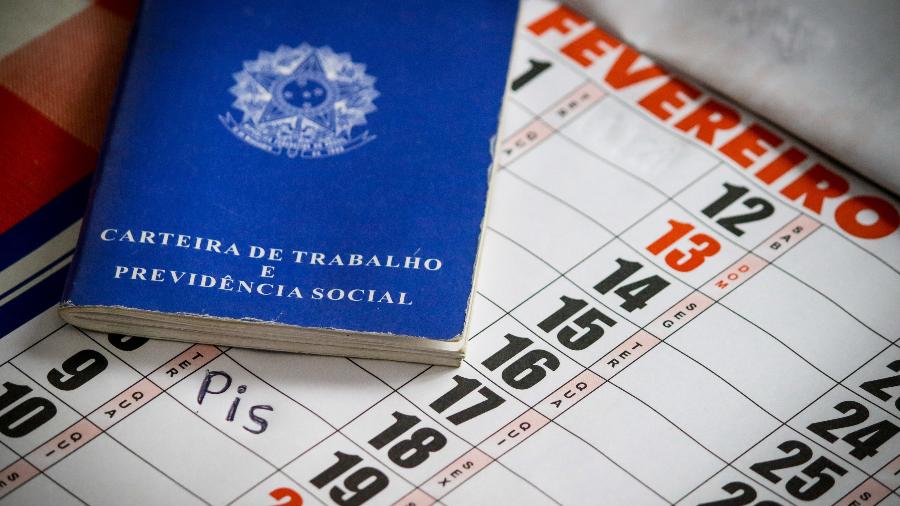IR 2025: saiba quando será pago o 2º lote de restituição

O segundo lote da restituição do Imposto de Renda será pago no final do mês.
Calendário de restituições do Imposto de Renda 2025
As restituições serão realizadas em cinco etapas, de acordo com a ordem de prioridade definida pela Receita. Veja o cronograma completo:
- 1º lote: 30 de maio
- 2º lote: 30 de junho
- 3º lote: 31 de julho
- 4º lote: 29 de agosto
- 5º e último lote: 30 de setembro
Quem recebe primeiro?
Os primeiros a terem o aos valores da restituição são os contribuintes idosos com 80 anos ou mais. Depois, vêm as pessoas com idade igual ou superior a 60 anos, além de pessoas com deficiência física, mental ou doenças graves. Contribuintes cuja principal fonte de renda é o magistério também têm prioridade, assim como aqueles que utilizaram a declaração pré-preenchida e optaram por receber via Pix. Em caso de empate nos critérios, quem enviou a declaração antes tem preferência.
Ordem de prioridade na restituição
- Idosos com 80 anos ou mais
- Idosos com 60 anos ou mais, pessoas com deficiência ou doenças graves
- Quem tem como principal rendimento o magistério
- Contribuintes que usaram a declaração pré-preenchida e escolheram receber por Pix
- Demais contribuintes
















